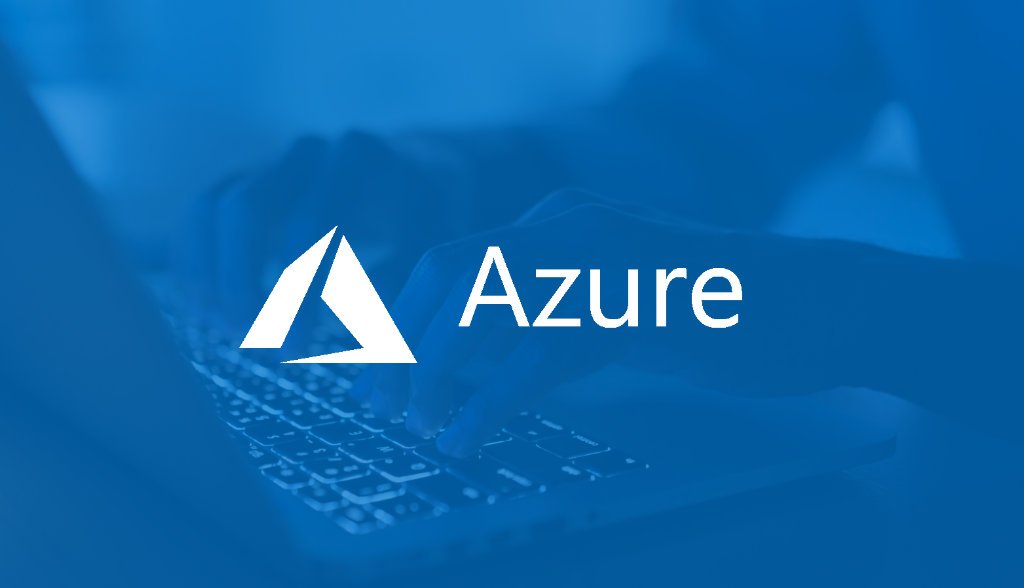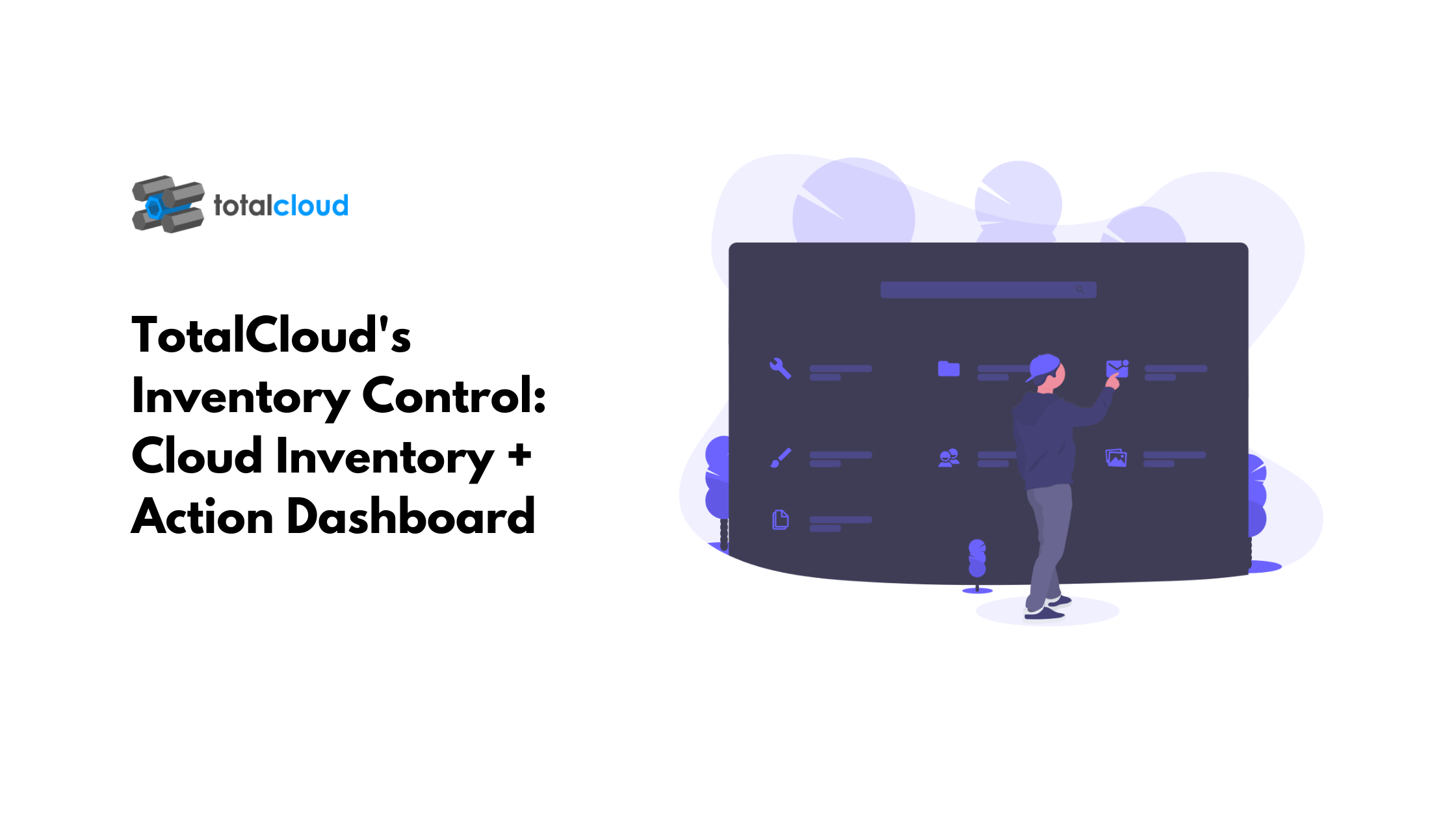
What about it? Consciously or subconsciously, you could be one.
With the increased complexity and size of the infrastructure on AWS, it is difficult for technology and management teams to track accountability of the cloud in terms of cost visibility, asset management, and governance without proper tagging in place.
Due to improper tagging practices, there will be lack of visibility into who is spending how much and for what, leading to unidentified cloud costs. This further leads to bill shock. Above all, a lot of time is spent on understanding cloud cost of the cloud infrastructure.
Non-uniform or poorly tagged resources/services on the cloud also lead to time wastage during critical situations. This further leads to an engineer inefficiently looking for a resource during an incident — meaning more downtime of your services/applications running on the architecture and poor customer experience and loss of revenue.
Inconsistent tags can also cause security, compliance and business risks. One of the example being lack of visibility and understanding of resources/services that house critical data, which can be either customer data or internal data.
That is why asset tagging is one of the ways how technology teams get visibility across the cloud infrastructure. AWS provides this service to enable its users to create and manage tags that make it easier to manage, search for, and filter resources in an AWS architecture.
With the issues at hand, some management team has resorted to enforced termination of resources with improper tags or no tags in the AWS environment, destroying the work done by employees.
The first step is to understand and pinpoint resources that have not been tagged, which can be done through a simple workflow on the Workflow Editor.
Here’s discussion on Reddit about “How do you enforce tagging policies in your AWS account?”
Involve teams to understand how and what problems affect them and collaborate on setting and understanding cloud KPIs that needs to be tracked.
After understanding the cloud KPIs and affected teams, create a schema for tags which cover all the concerns of the teams as well as of the management.
Here’s a discussion about the tagging scheme on Reddit and some suggestions by AWS.
You can start enforcing the schemas defined earlier and choose from a set of policies which could terminate, suspend, or notify incorrectly tagged resources. This allows you to adjust schemas to match the business needs and limit exposure.
If we talk strictly in terms of cloud visibility, you could end up with following advantages depending upon the tagging scheme on which you have decided:
Final Thoughts: It’s great if you have taken measures to collaborate with your Dev team, educated them on the benefits of using standardized tags, created schemas and created policies. Thing again: have you been a “Tag Nazi” all the way long, micromanaging your Dev teams’ code lines??!! In this digital age where tooling and automation have seeped into the DNA of every company, why not standardize as well as regulate tagging principles and automate them too under compliance?


TotalCloud is a visual cloud infrastructure management platform. It enables the user to view the AWS architecture from the tags perspective and gain more infrastructural visibility.

.png)
.png)
.png)
.png)
